Europe’s timeless appeal lies not just in its iconic landmarks, but in the intricate tapestry of experiences each destination weaves. Every corner of this diverse continent tells a unique story, from sun-drenched Mediterranean coastlines to misty Scottish highlands. Join us as we explore twelve remarkable European destinations that promise to capture your imagination and create lasting memories. Discover the best places to visit in Europe and embark on a journey filled with wonder.
1. Paris, France
#1 in Best Places to Visit in Europe
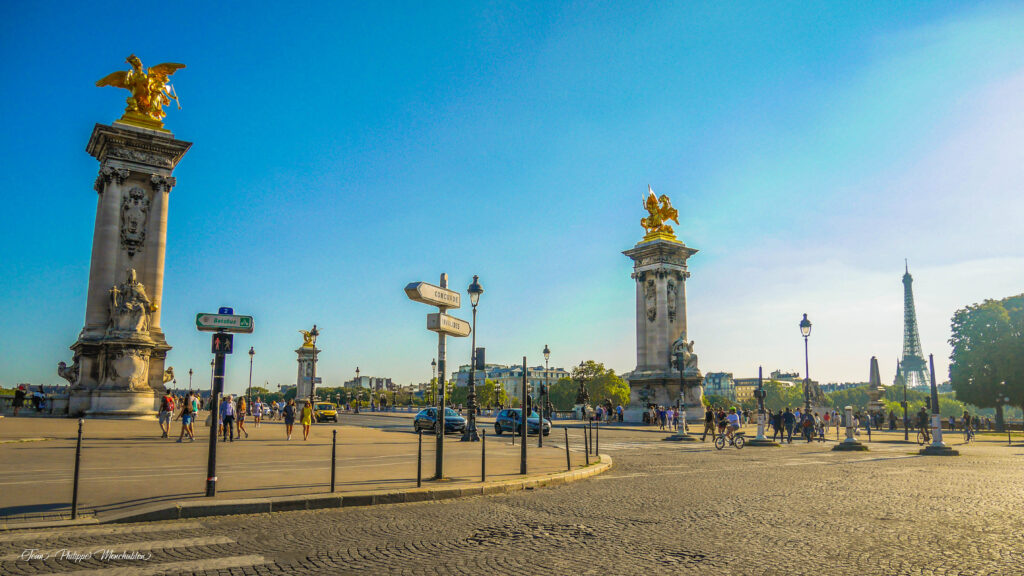
Beyond the iconic silhouette of the Eiffel Tower, Paris reveals itself in layers to those willing to look deeper. “Paris is not a city, it’s a world,” notes renowned local food critic François Dubois. In the early morning hours, while tourists sleep, true Parisian life unfolds in the narrow streets of Le Marais, where the aroma of fresh-baked croissants mingles with the sound of shopkeepers arranging their displays.
The perfect time to visit is during the shoulder season of late September to early October when the summer crowds thin and the city takes on a golden hue. The Luxembourg Gardens burst with autumn colors, and locals reclaim their beloved cafés. For an authentic experience, skip the tourist-heavy restaurants and seek out neighborhood bistros like Le Baratin in Belleville, where Chef Raquel Carena crafts sophisticated yet unpretentious dishes that epitomize modern French cuisine.
Hidden beneath the city’s polished surface lies a network of passionate artisans keeping traditional crafts alive. Visit the workshops of leather craftsmen in the Faubourg Saint-Antoine district, or discover the last remaining bouquinistes along the Seine, whose green boxes hold centuries of literary treasures.
2. Rome, Italy
#2 in Best Places to Visit in Europe

Rome doesn’t simply preserve history; it lives and breathes it. Each morning, as sunlight filters through the oculus of the Pantheon, it illuminates an ancient wonder and a living place of worship. Archaeological expert Dr. Marina Rossi explains, “In Rome, every generation adds its own layer to the city’s story without erasing what came before.”
Spring and early fall offer the ideal climate for exploring Rome’s outdoor treasures. Venture beyond the Colosseum to discover the atmospheric Jewish Ghetto, where traditional Roman-Jewish cuisine thrives in family-run trattorias. The aroma of fried artichokes alla giudia wafts through narrow cobblestone streets, while conversations in musical Roman dialect echo off medieval walls.
For an unforgettable experience, visit the Palazzo Colonna on Saturday mornings, when this aristocratic family opens their private galleries to the public. In the evening, join locals for passeggiata in the charming Monti neighborhood, where vintage shops and artisanal gelaterias line the streets. The real Rome reveals itself in these quiet moments, away from the grand monuments.
3. London, England
#3 in Best Places to Visit in Europe
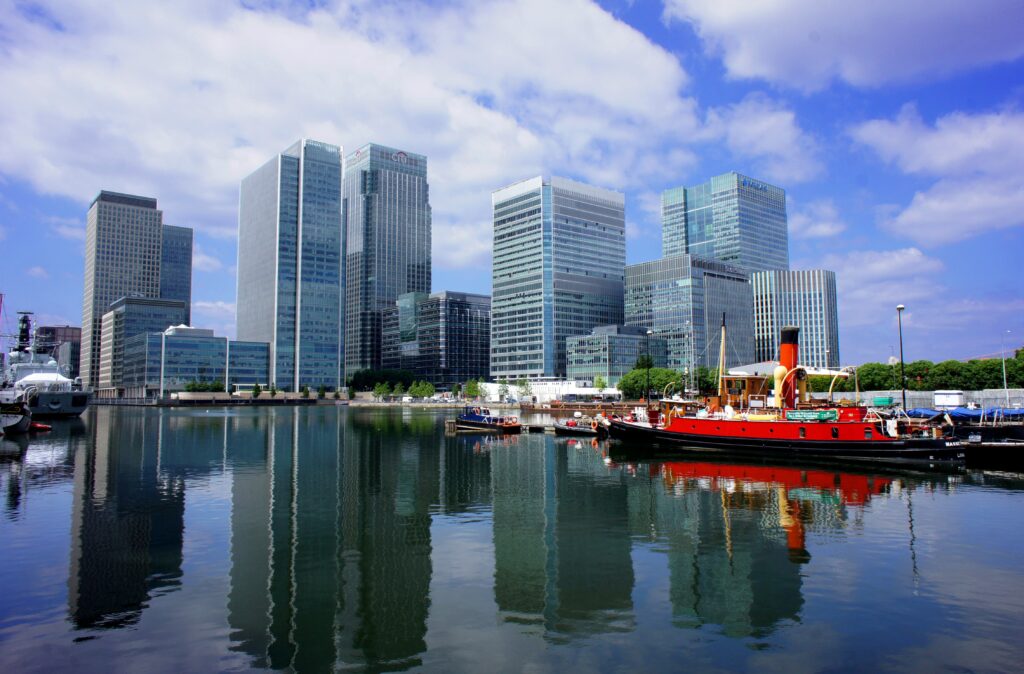
London defies simple categorization, constantly reinventing itself while cherishing its storied past. “The city’s greatest strength is its ability to embrace change while maintaining its essential character,” observes cultural historian Dr. James Bennett. In the early morning light, as mist rises from the Thames, you might catch glimpses of both worlds: traditional rowing clubs gliding past the ultra-modern Shard building, creating a scene that epitomizes London’s unique charm.
Visit during May or September to experience the city’s parks in full bloom or autumn splendor, without the summer tourist crowds. While Westminster Abbey and the Tower of London rightfully command attention, London’s soul reveals itself in less obvious places. Venture to Columbia Road Flower Market on a Sunday morning, where cockney vendors’ calls echo through the Victorian street as they have for generations, their colorful blooms transforming the East End into a fragrant garden.
For an authentic taste of modern London, explore the multicultural haven of Maltby Street Market, tucked beneath railway arches in Bermondsey. Here, the aroma of Nigerian jollof rice mingles with the steam from perfectly pulled espressos, while artisanal gin makers work their craft in converted industrial spaces.
4. Barcelona, Spain
#4 in Best Places to Visit in Europe
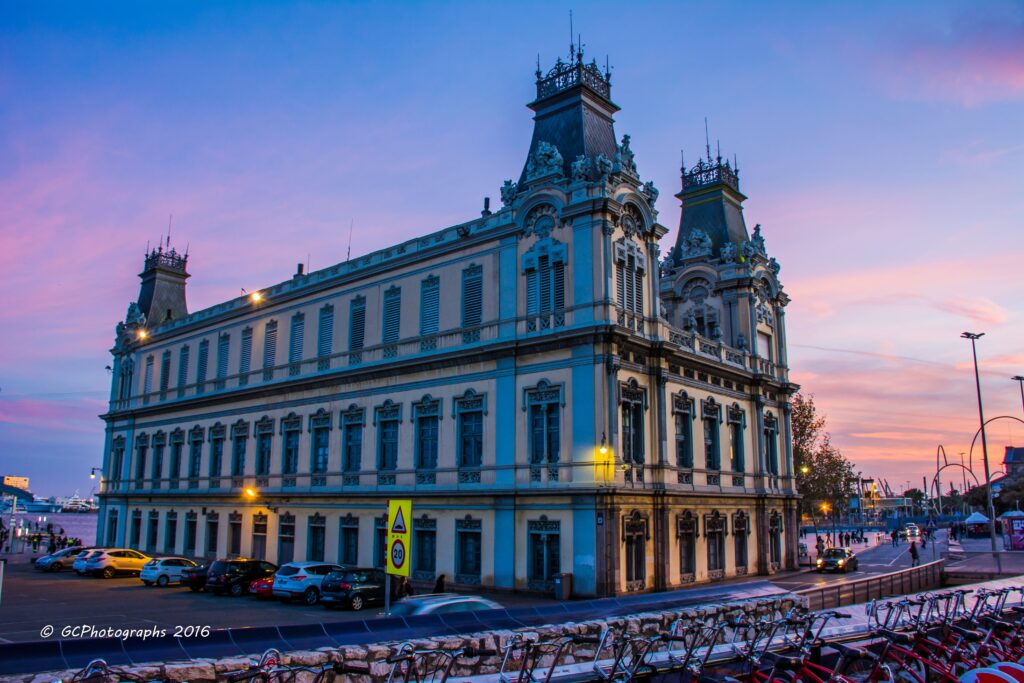
Barcelona pulses with creative energy, from its sun-drenched beaches to its artistic soul. The city is a living canvas where Gaudí’s dreams took flight, but it’s in the lesser-known corners where you’ll find its true spirit. Marine biologist and local guide Maria Sanchez shares, “Barcelona lives in rhythm with the Mediterranean – our days flow with the sea breeze and our evenings stretch into the warm night air.”
The sweet spot for visiting falls between March and May, when jasmine scents the air and locals reclaim their beloved city from the summer crowds. While La Sagrada Família reaches ever skyward, discover the quiet majesty of Sant Pau Recinte Modernista, a lesser-known architectural masterpiece where art nouveau flourishes transform a former hospital into a paradise of stained glass and ceramic tiles.
Escape the bustle of Las Ramblas for the village-like charm of Gràcia, where generations-old vermouth bars share narrow streets with contemporary artist studios. Join locals for a late afternoon vermut at Bar Jaime, where the house-made vermouth recipe hasn’t changed since 1945, and the tapas come free with your drink – just as they always have.
5. Vienna, Austria
#5 in Best Places to Visit in Europe
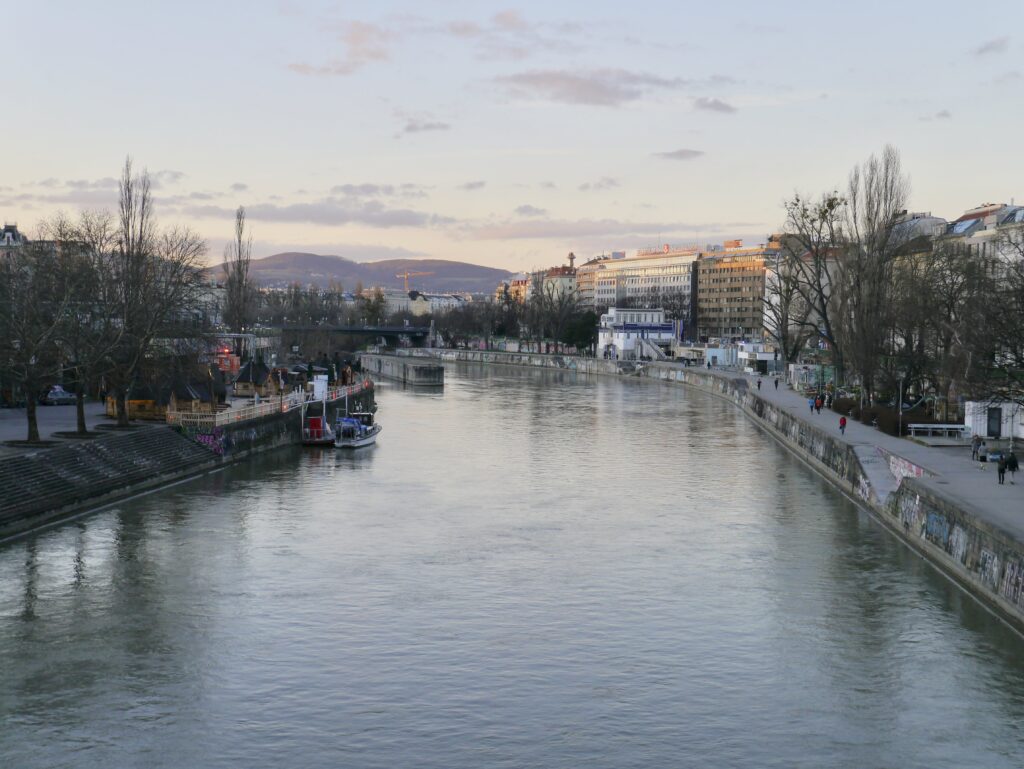
Vienna’s coffee house culture isn’t just about the perfect melange – it’s about time suspended in marble and mahogany, where conversations flow as freely as the coffee. “Our coffee houses are our public living rooms,” explains cultural preservationist Dr. Heinrich Weber. “They’re where art, politics, and daily life have mingled for centuries.”
The city shines brightest during the shoulder seasons of April-May or September-October, when the Baroque gardens burst with color and the evening air fills with the sound of classical music drifting from open windows. While Schönbrunn Palace draws admiring crowds, seek out the intimate charm of the Josephinum medical museum, where intricate anatomical models in rosewood cases tell stories of Vienna’s revolutionary medical history.
In the evenings, bypass the tourist-heavy Prater for the local favorite Yppenplatz in the 16th district, where Turkish spice shops and natural wine bars create a vibrant atmosphere that epitomizes modern Vienna. Here, at spots like Café An-Do, traditional Viennese cuisine gets a contemporary twist, and the diverse crowd represents the city’s evolving identity.
6. Amsterdam, Netherlands
#6 in Best Places to Visit in Europe
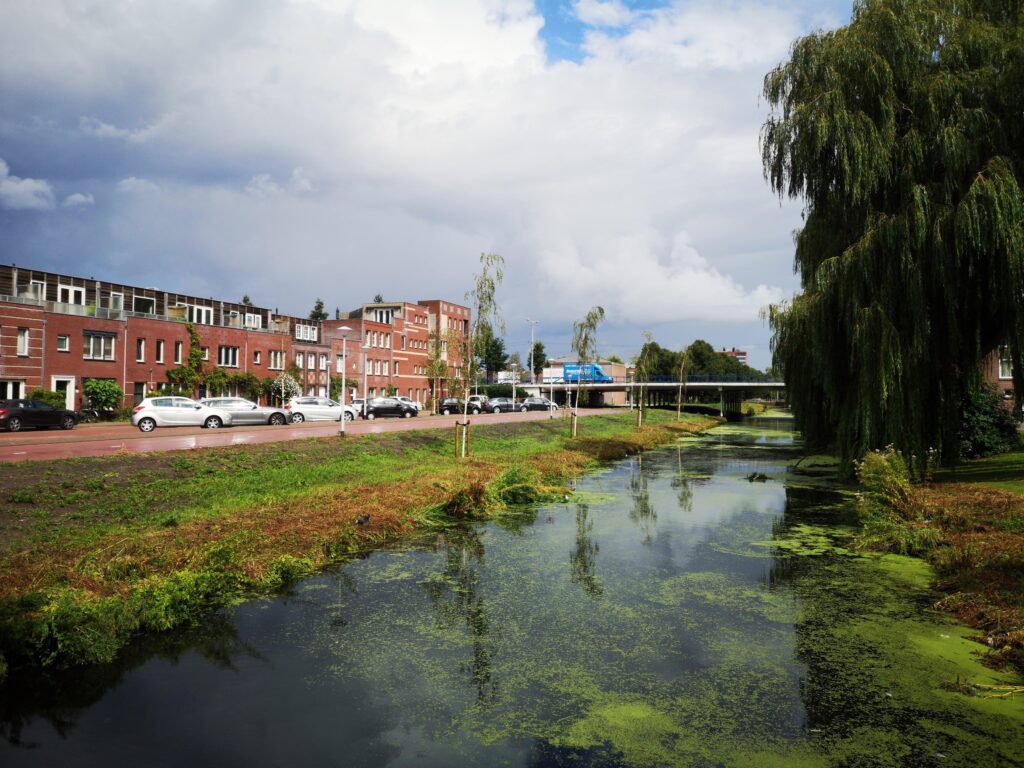
Amsterdam’s famous canals tell only part of the story. In the gentle light of dawn, when morning mist hovers over the water and early cyclists glide silently past historic merchant houses, you’ll discover the city’s true character. “Amsterdam isn’t just about what you see,” explains urban historian Dr. Jan van der Meer, “it’s about how the city moves and breathes with its residents.”
The ideal time to visit falls between April and May, when tulip season transforms the city and surrounding countryside into a living impressionist painting. While tourists cluster around Dam Square, savvy travelers head to the Amsterdam-Oost district, where the recently revitalized Oostpoort area showcases the city’s innovative approach to urban living. Here, centuries-old windmills stand alongside cutting-edge sustainable architecture.
Follow the locals to Café-Restaurant De Plantage, housed in a restored 19th-century greenhouse. The morning light filtering through the glass ceiling creates an ethereal atmosphere as Amsterdam’s creative professionals gather for traditional Dutch breakfast with a modern twist.
7. Prague, Czech Republic
#7 in Best Places to Visit in Europe
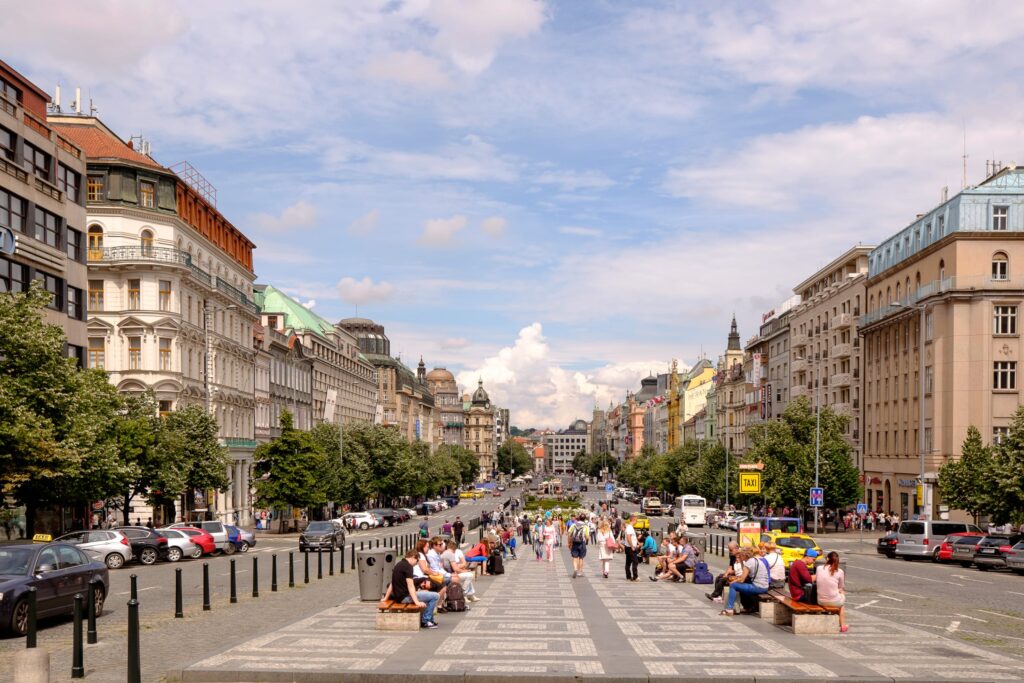
Prague reveals its magic gradually, like a mystery unfolding in the cobblestone shadows. Beyond the astronomical clock and Charles Bridge lies a city of hidden courtyards and unexpected beauty. “Each neighborhood is a chapter in Prague’s ongoing story,” says architectural preservationist Helena Dvoráková, “and the best stories are often found in the footnotes.”
Visit during late spring or early autumn when the tourist crowds thin and the light plays dramatically across the city’s spires and domes. While visitors flock to the Castle District, venture instead to Vršovice, where Art Nouveau buildings house third-wave coffee roasters and vintage boutiques. The atmosphere here captures Prague’s transformation from a post-communist capital to a creative hub.
Early evenings bring magic to Letná Park, where locals gather at beer gardens overlooking the Vltava River. The sunset view of Prague’s hundred spires comes with a side of perfectly poured Pilsner and conversations that flow freely between Czech and English, past and present.
8. Lisbon, Portugal
#8 in Best Places to Visit in Europe

Lisbon wears its heart on its azulejo-tiled walls, a city where beauty and decay dance together in the Atlantic light. The mournful sounds of fado music floating from tucked-away bars tell stories of saudade – that uniquely Portuguese blend of longing and satisfaction. “Lisbon doesn’t hide its scars,” reflects fado singer Maria Santos, “they’re part of our story, our soul.”
March to May offers perfect conditions for exploring, when jacaranda trees paint the city purple and sea breezes carry the scent of grilled sardines through narrow streets. Skip the tourist-packed Tram 28 and instead climb the stepped streets of Graça, where elderly residents tend window boxes of basil and neighbors exchange news across wrought-iron balconies.
In the evening, bypass the Bairro Alto crowds for the authentic charm of Bica. Here, at tiny spots like Botequim da Graça, locals share petiscos (Portuguese tapas) and vinho verde, while conversations flow as smoothly as the house wine. The sound of ships’ horns from the Tagus River provides a constant reminder of Lisbon’s seafaring soul.
9. Santorini, Greece
#9 in Best Places to Visit in Europe
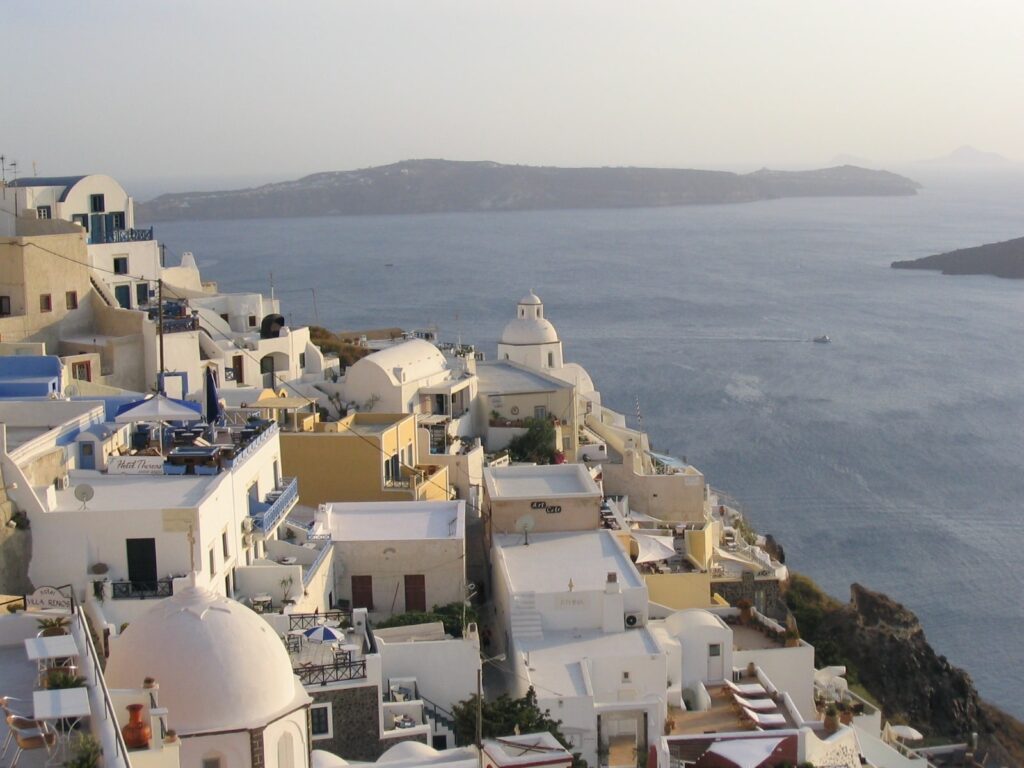
Santorini’s famous sunsets are just the beginning of the island’s magic. In the early morning, before the cruise ships arrive, whitewashed villages seem to float between the deep blue sea and sky. “Our island tells the story of nature’s raw power transformed into beauty,” says local geologist Dr. Andreas Stavros, gesturing toward the caldera that cradles the Aegean.
The sweet spot for visiting falls in May or October, when the crowds thin and the light takes on a crystalline quality that photographers dream about. While tourists cluster in Oia, seek out the untouched charm of Megalochori, where bougainvillea-draped bell towers rise above houses built partially underground – a traditional architecture adapted to the volcanic landscape.
Join locals for an early dinner at family-run Metaxy Mas in Exo Gonia, where the day’s catch is served with views of both sunrise and sunset sides of the island. Here, traditional dishes like fava (yellow split pea purée) come with stories of how volcanic soil influences the island’s unique agricultural products.
10. Dubrovnik, Croatia
#10 in Best Places to Visit in Europe

As morning light spills over Dubrovnik’s limestone walls, it reveals a city that seems to float between sea and sky. The famous ramparts tell stories of centuries past, but it’s in the quiet corners where you’ll discover the city’s beating heart. “Dubrovnik isn’t just a backdrop for tourists’ photos,” shares local historian Marko Kovačić. “Each stone in our walls, each step worn smooth by time, carries the whispers of a thousand years.”
The ideal time to experience Dubrovnik’s magic is during the shoulder seasons of May or late September, when the summer crowds recede and the Adriatic breeze carries the scent of wild herbs from nearby islands. While most visitors stick to the main thoroughfare of Stradun, venture into the steep side streets of the Pile district, where elderly ladies still hang laundry between medieval houses and cats doze in patches of sunlight.
Start your day at the local market in Gruž, where fishermen display their morning catch alongside vendors selling dried figs and local olive oil. Here, weathered hands sort through mountains of fresh produce while rapid-fire Croatian mingles with the calls of seabirds. For an authentic meal, skip the tourist restaurants and head to Nautika, where chef Ana Perić crafts dishes that marry Dalmatian traditions with contemporary flair.
11. Edinburgh, Scotland
#11 in Best Places to Visit in Europe

Edinburgh doesn’t just preserve its history – it lives it daily in a magnificent dance of old and new. The city reveals itself best in the changing light of dawn, when mist swirls around the spires of the Old Town and the smell of brewing coffee begins to drift from hidden courtyards. “Edinburgh operates on two levels,” explains local writer Sarah MacLeod. “There’s the city you see, and the city that exists in layers beneath your feet.”
Visit during May or September to catch the city between festivals, when local life reasserts itself and moody Scottish skies create dramatic backdrops for Edinburgh’s Gothic architecture. While the Royal Mile draws crowds, seek out the intimate charm of Stockbridge, where the Water of Leith whispers past Victorian swimming baths and artisanal cheese shops housed in converted mews buildings.
Early evenings bring magic to the hidden gardens of Dunbar’s Close, where herbs grown for medieval apothecaries still flourish in the shadow of Canongate Kirk. Join locals at The Oxford Bar, where detective writer Ian Rankin’s Inspector Rebus would feel at home, for a dram of single malt and conversations that weave between Scottish literature, politics, and rugby.
12. Reykjavik, Iceland
#12 in Best Places to Visit in Europe
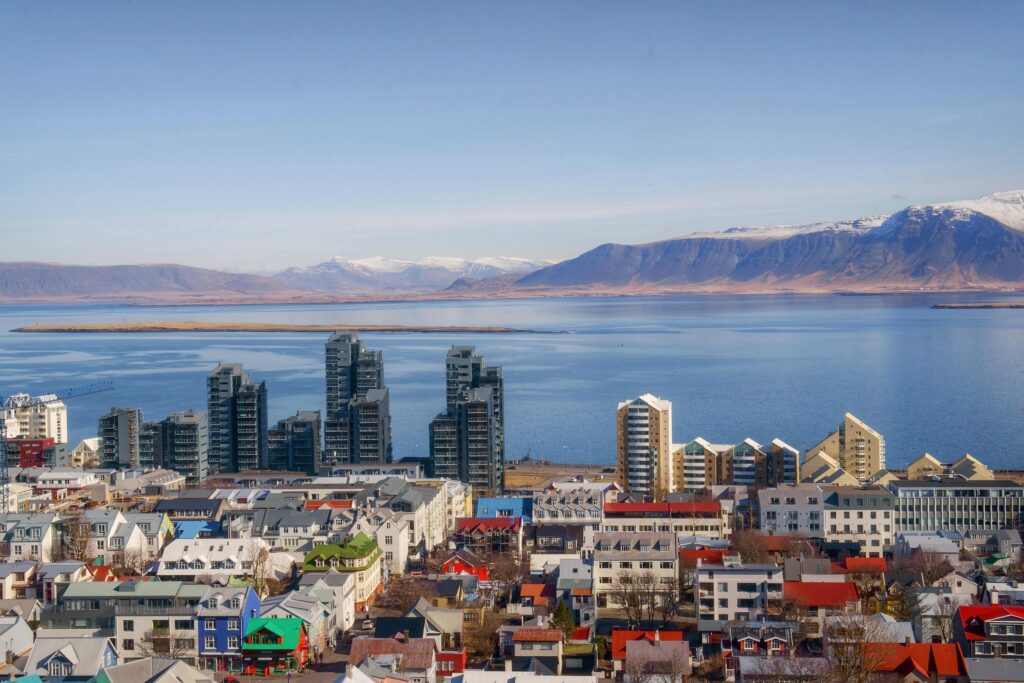
Reykjavik defies conventional urban wisdom, a city where nature sets the rhythm and darkness and light play by their own rules. Steam rises from geothermal vents in city parks, while the Northern Lights dance above modern architecture inspired by ancient Viking sagas. “We don’t see nature as separate from city life,” explains urban planner Björk Guðmundsdóttir. “In Reykjavik, the two are inseparable.”
The magic of midnight sun makes June and July special, though March and September offer prime Northern Lights viewing with milder temperatures. Skip the tourist-heavy Blue Lagoon and instead join locals at Vesturbæjarlaug, a neighborhood geothermal pool where Icelandic social life thrives in steaming hot pots, regardless of weather.
Morning brings the aroma of freshly baked rye bread from Brauð & Co, where traditional Icelandic recipes meet contemporary pastry craft. Spend your afternoon at the Marshall House, a former fish factory transformed into art galleries and studios, where the raw industrial space perfectly frames Iceland’s contemporary creative explosion. As evening approaches, join the locals at Café Loki for traditional delicacies like rye bread ice cream, while watching the sun paint Hallgrímskirkja’s iconic facade in ever-changing arctic light.
## Embracing Europe’s Timeless Appeal
These twelve destinations represent more than mere points on a map – they’re gateways to experiences that will reshape your understanding of what travel can be. Each city offers its own rhythm, its own poetry, its own way of revealing itself to those willing to look beyond the obvious. Whether you’re sipping coffee in a Viennese café, exploring hidden courtyards in Prague, or watching the midnight sun paint Reykjavik’s sky, you’ll discover that Europe’s greatest treasures often lie in the quiet moments between the grand attractions.
Remember that the best travels aren’t just about checking items off a list – they’re about allowing yourself to be transformed by the places you visit and the stories you become part of. As you plan your European adventure, leave room in your itinerary for serendipity, for those unplanned moments when a wrong turn leads to the perfect discovery, or a conversation with a local reveals a hidden gem that no guidebook could capture.
The magic of these destinations lies not just in their iconic landmarks, but in their ability to surprise and delight even the most seasoned traveler. Each visit reveals new layers, new stories, and new reasons to return. After all, the best journeys are those that leave us not just with photographs and souvenirs, but with a deeper understanding of the world and our place within it.

